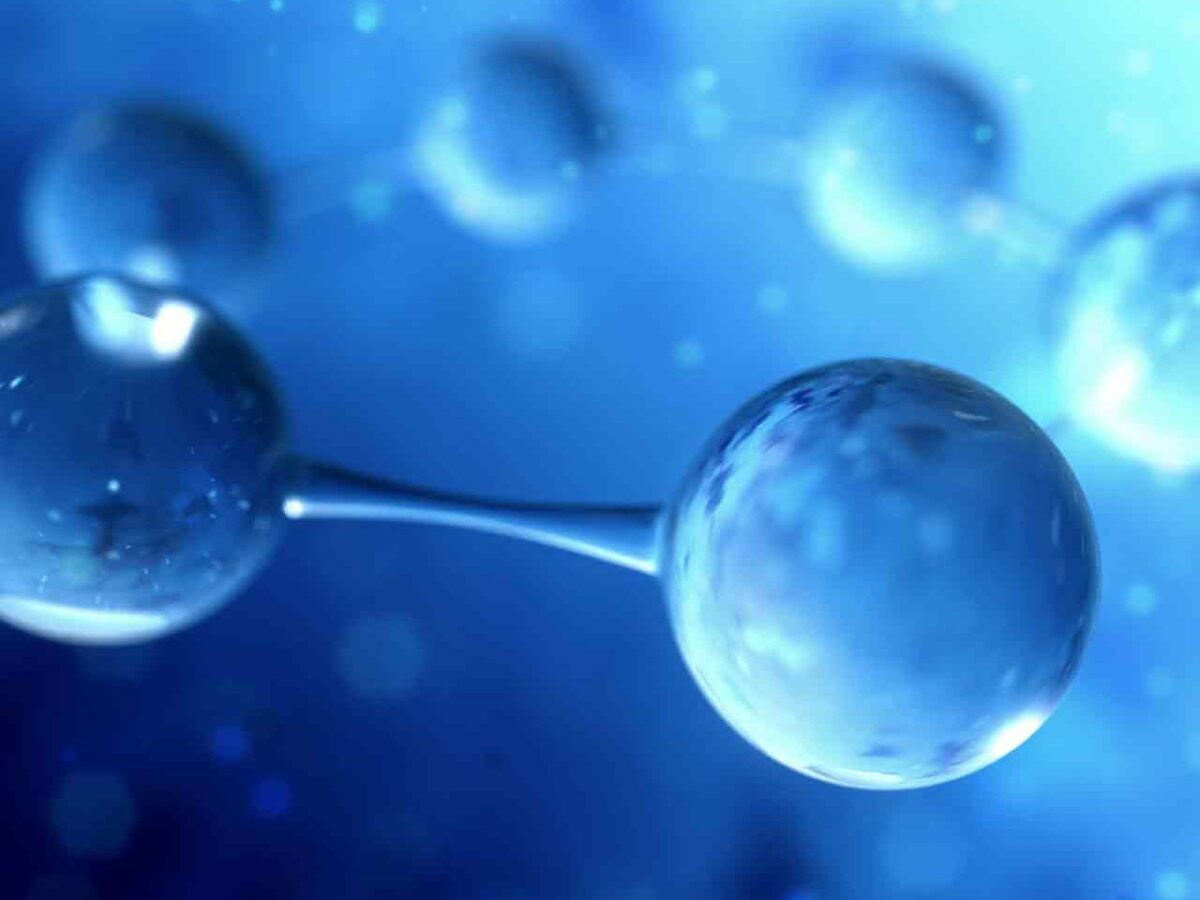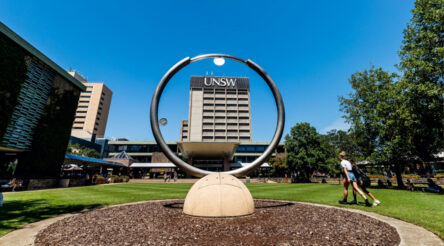Curtin team claims new, cheaper, more efficient catalyst for green hydrogen production

Electrocatalyst research led by Curtin University has identified a new way to more effectively split hydrogen from water, with potential commercial use.
Publishing their work in Nano Energy, the team showed adding nickel and copper to inexpensive (and previously ineffective) electrocatalysts decreased the energy required to separate hydrogen.
The next step would be to scale the method up to assess its viability, said Dr Guohua Jia of Curtin’s School of Molecular and Life Sciences, the paper’s lead researcher.
“Our research essentially saw us take two-dimensional iron-sulfur nanocrystals, which don’t usually work as catalysts for the electricity-driven reaction that gets hydrogen from water, and add small amounts of nickel and cobalt ions. When we did this it completely transformed the poor-performing iron-sulfur into a viable and efficient catalyst,” said Jia in a statement from the university, which hailed it as a “a new, cheaper and more efficient electrocatalyst.”
“Using these more abundant materials is cheaper and more efficient than the current benchmark material, ruthenium oxide, which is derived from ruthenium element and is expensive,” added Jia.
“Our findings not only broaden the existing “palette” of possible particle combinations, but also introduce a new, efficient catalyst that may be useful in other applications.”
The team’s paper, titled “Ni2+/Co2+ doped Au-Fe7S8 nanoplatelets with exceptionally high oxygen evolution reaction activity” can be accessed here.
Picture: ARENA
Subscribe to our free @AuManufacturing newsletter here.
Topics Technology
@aumanufacturing Sections
Analysis and Commentary Awards Defence Manufacturing News Podcast Technology Videos










